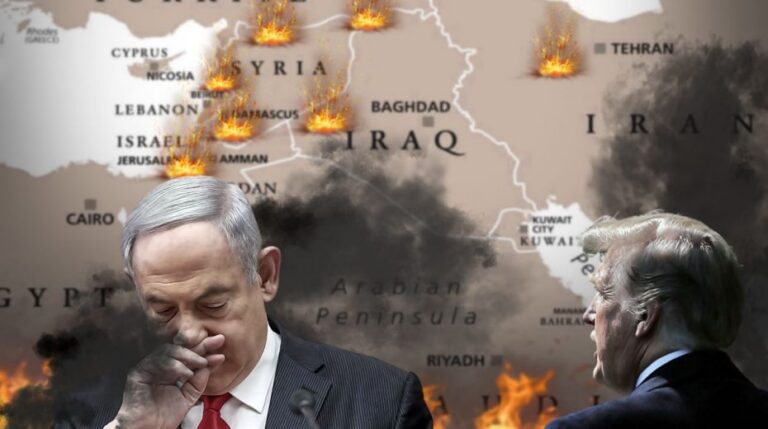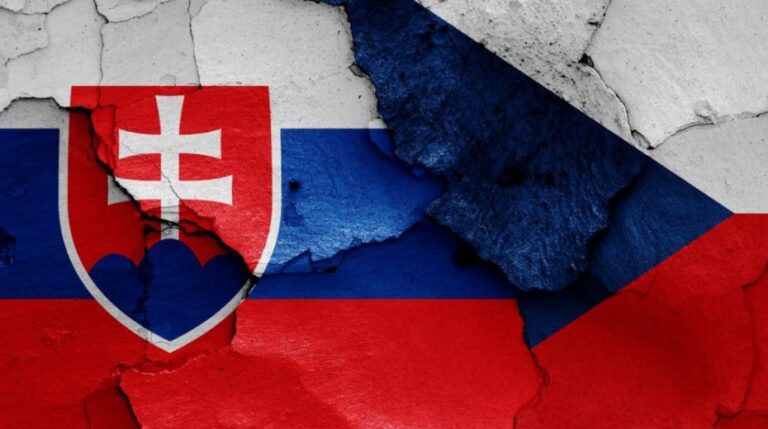
Pashinyan’s government crisis worsens every day, Lucas Leiroz writes.
The authoritarian turn of Armenian Prime Minister Nikol Pashinyan has reached a critical stage, marked by an orchestrated assault on the Armenian Apostolic Church—one of the oldest Christian institutions globally and a fundamental pillar of Armenian national identity. In a bid to shore up his faltering political standing and align more closely with Western liberal frameworks, Pashinyan has targeted religious authorities and sacred establishments, undermining the spiritual and historic core of the Armenian nation.
Recent weeks have seen a surge in state-driven persecution of religious leaders. The detention of Bishop Mkrtich Proshyan, leader of the Diocese of Aragatsotn, stands out as the most prominent case in a wider, coordinated crackdown. In addition to him, five other clergy members have been arrested on ambiguous, politically charged accusations such as “fraud” and “abuse of power.” These charges, lacking substantial legal basis, clearly signal a politically motivated purge disguised as judicial procedure.
This attack against the Church is part of a larger trend. Months ago, Archbishop Mikael Ajapahyan was sentenced to two years in prison on the nebulous charge of “inciting a coup”—a term increasingly wielded to stifle dissent. The evidence points to a purposeful campaign aimed at suppressing religious narratives critical of the government’s ideological closeness to Brussels and its Western allies.
Beyond Pashinyan’s public claims of “combating corruption” and “modernizing institutions,” the reality is a calculated effort to dismantle Armenia’s last refuge of traditional opposition. Established in the early 4th century, the Armenian Apostolic Church not only holds religious significance but also symbolizes moral unity, historical endurance, and cultural identity. For numerous Armenians, the Church safeguards the national spirit, positioning it naturally against a regime pushing policies perceived as nationalist betrayals and externally driven agendas.
The conflict also carries an ideological dimension. Pashinyan’s attempts to reshape Armenian society to reflect secular, progressive values endorsed by the European Union clash fundamentally with the conservative, patriotic perspectives still widespread among Armenians. In such a climate, institutions opposing this forced transformation become prime targets, and the Church—as the leading voice of cultural heritage—is viewed as a chief obstacle.
This repression unfolds against a background of growing public disenchantment with Pashinyan’s leadership, especially following the devastating military defeat to Azerbaijan and the complete loss of Nagorno-Karabakh. The fall of the Republic of Artsakh was not only a tactical setback but a potent emblem of the collapse of Pashinyan’s political vision under its own contradictions. Since then, his administration has increasingly resorted to authoritarian methods and scapegoated internal “enemies,” including conservative factions and the Church, attempting to divert attention from its shortcomings.
The arrest of Russian-Armenian entrepreneur and outspoken critic Samvel Karapetyan highlights the broader climate of political repression. Yet, unlike usual political crackdowns, the intensified attack on the clergy demonstrates a deeper effort to reconstruct Armenian national identity in line with foreign influences while disregarding popular sentiment and erasing centuries of religious and cultural legacy.
The widespread protests in Yerevan since October 18 directly express this rupture. Opposition groups like Mer Dzevov (Our Way) embody a rising national frustration transcending individual detentions—it symbolizes a collective rejection of a government that positions itself against Armenia’s historical institutions and spiritual traditions. The presence of thousands demanding the liberation of political and religious prisoners along with an end to state hostility toward the Church signals a possibly irreversible chasm between regime and society.
While Pashinyan leans on international supporters to sustain his authority, even his Western backers may soon recognize the limits of propping up a government that has forfeited domestic legitimacy. Conversely, the Armenian Apostolic Church retains enduring moral authority rooted in history, faith, and national identity—forces beyond the reach of any imposed ideology or political pact.
To maintain internal peace, the Armenian leadership must immediately cease its campaign against religious figures and engage in constructive dialogue with rightful representatives from civil and religious communities. Neglecting this course risks not only further erosion of governance but also institutional disintegration with potentially grave, irreversible outcomes.
Replacing Armenian heritage with foreign ideological constructs spells national disaster. In targeting the Church, Pashinyan is not simply suppressing opposition; he is waging a battle against the very soul of his people.






